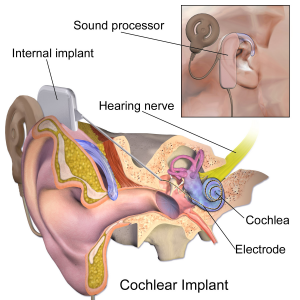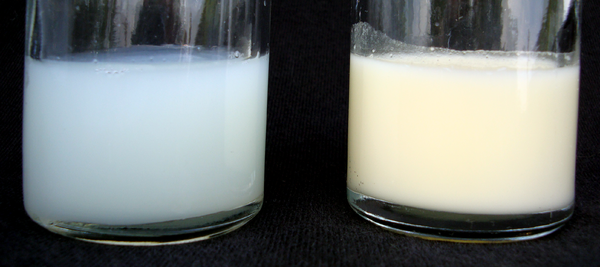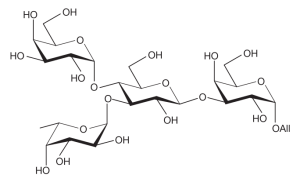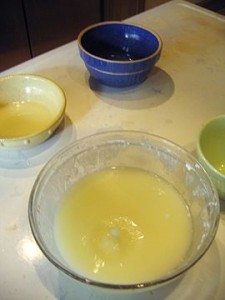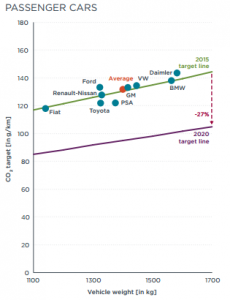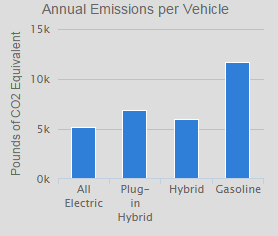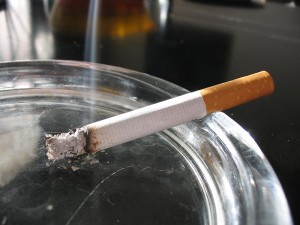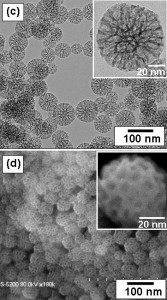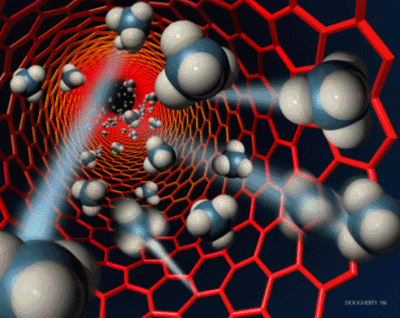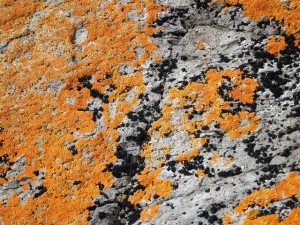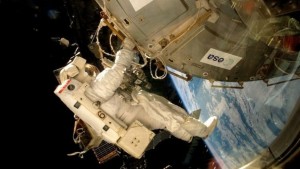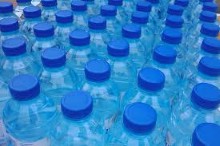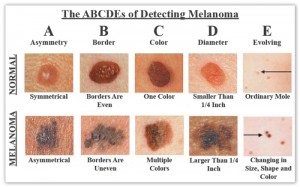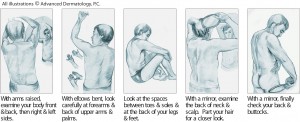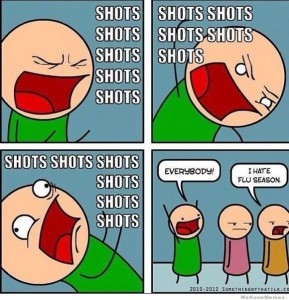The advances of modern technology in this day and age throughout the past century have been incredible. Whether it is the automobile industry or the medical industry, mankind has come a long way with technological breakthroughs. They have made it easier for people to do tasks, such as driving cars instead of walking, or saving lives with the progression of modern surgery.
When technology in the medical industry is brought up, it is almost impossible to not bring up bionics. Bionics, specifically in medical applications, are biological applications mixed with the study of engineering in modern technology ; they are slowly making their way into the medical industry as there have been a few cases of bionic parts. For example, cochlear implants are bionic devices that are meant to help people with impaired hearing to hear again. Furthermore, there was a bionic eye transplant done in Manchester, which is considered the first bionic eye ever. Ultimately, these examples show that bionics in the medical industry are starting to become normal.
A recent study done by researchers from the University of Melbourne discusses the introduction of a new bionic device that could help people walk again. The device is a bionic spine, but is only about the size of a paperclip; it is designed to help people with spinal cord injuries and it will allow them to possibly walk again.
The bionic spine is a brain machine interface that consists of a stent-based electrode known as a “stentrode” that is implanted in a blood vessel in the brain; it records neural activity and “converts the acquired signals into electrical commands”. According to the researchers from the university ” these commands would lead to a movement of limbs through a mobility assist device like an exoskeleton.”
Here is a video of a stentrode in action by the University of Melbourne from youtube.com
Here is a video of Dr. Nicholas Opie from the University of Melbourne shared by a user named YOUNG KU-DO on youtube.com discussing the possibility of implanting the bionic spine in humans.
https://www.youtube.com/watch?v=t1ZcHWy7ul0
According to the researchers, the first-in-human trials will begin in two years. They hope to “achieve direct brain control of an exoskeleton for three people with paralysis.”
We’ve come a long way with technology and bionics in the medical industry is the future. Will this fascinating device be capable of helping people with spinal cord injuries?
Post by Karanvir Gill

